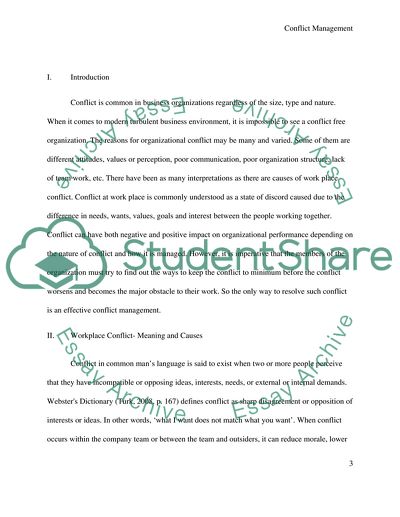Cite this document
(“Intergroup Conflict in the Workplace Research Paper”, n.d.)
Intergroup Conflict in the Workplace Research Paper. Retrieved from https://studentshare.org/human-resources/1728142-conflict-management
Intergroup Conflict in the Workplace Research Paper. Retrieved from https://studentshare.org/human-resources/1728142-conflict-management
(Intergroup Conflict in the Workplace Research Paper)
Intergroup Conflict in the Workplace Research Paper. https://studentshare.org/human-resources/1728142-conflict-management.
Intergroup Conflict in the Workplace Research Paper. https://studentshare.org/human-resources/1728142-conflict-management.
“Intergroup Conflict in the Workplace Research Paper”, n.d. https://studentshare.org/human-resources/1728142-conflict-management.


